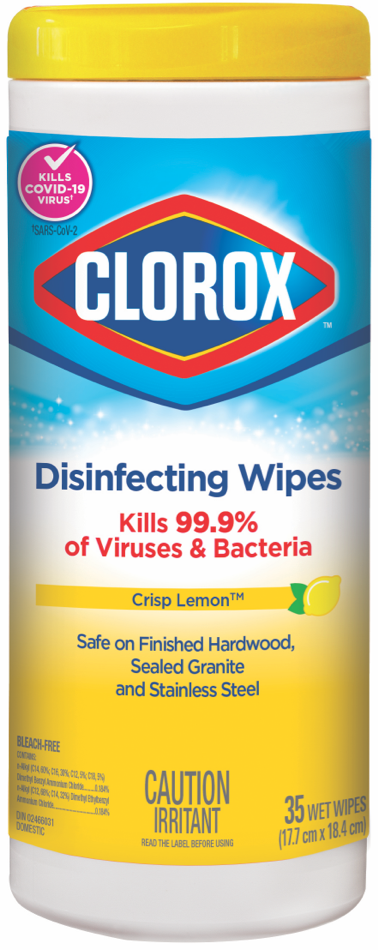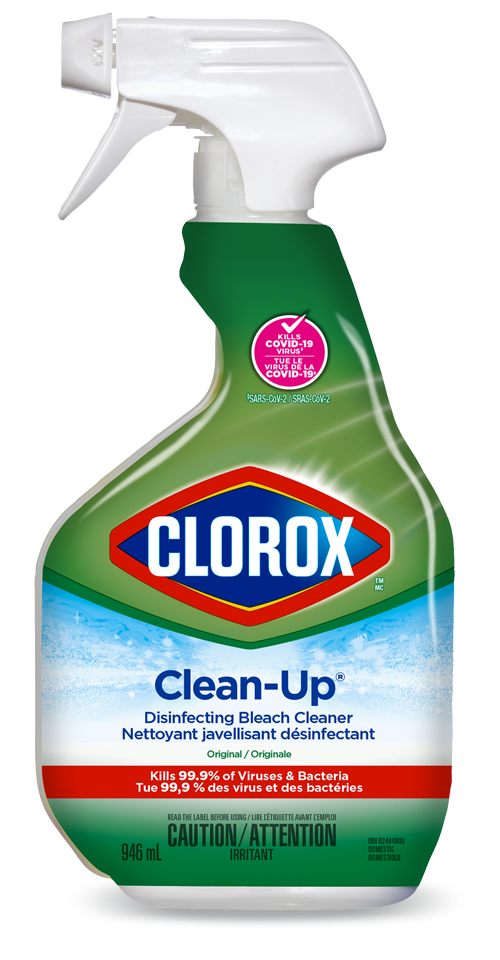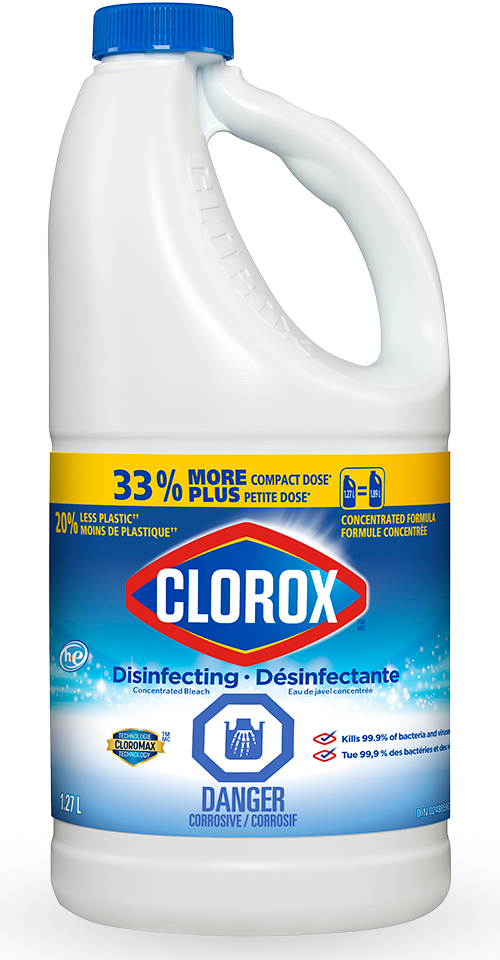How to Create a Cleaning and Disinfecting Procedure

Business owners and operators of community settings should develop or review protocols and procedures for cleaning and disinfecting public spaces. They should:
-
- Be aware of occupational health and safety requirements
- Know and meet the requirements under the Workplace Hazardous Materials Information System (WHMIS) about hazardous products in the workplace
- Have or establish processes for cleaning and disinfecting the site, including precautions for if an employee or visitor develops COVID-19 symptoms
This will help determine where improvements or additional cleaning and disinfecting may be needed.
The following directions will help prevent the spread of infection:
-
- Clean surfaces before using disinfectant.
- Read and follow manufacturer’s instructions for safe use of cleaning and disinfection products (e.g., wear gloves, use in well-ventilated area, allow enough contact time for disinfectant to kill germs based on the product being used).
- If using gloves, wash hands with soap and water for at least 20 seconds after removing gloves. If soap and water aren’t available, use an alcohol-based hand sanitizer containing at least 60% alcohol.
- Damp cleaning methods (damp clean cloths and wet mops) are preferred over dry methods (dusting and sweeping). Damp methods of cleaning are less likely to distribute virus droplets into the air.
- Put used disposable cleaning items (e.g., mop heads, cloths) in a lined garbage bin before disposing of them with regular waste. Reusable cleaning items can be washed using regular laundry soap and hot water (60-90°C).
- In addition to routine cleaning and disinfecting, surfaces that are frequently touched with hands should be cleaned and disinfected more often, as well as when visibly dirty.
- Shared spaces such as kitchens and bathrooms should also be cleaned and disinfected more often.
- Follow the manufacturer’s instructions for cleaning regularly-used electronics like keyboards, tablets and smartboards. If electronics can withstand the use of liquids, disinfect them with 70% alcohol, like alcohol prep wipes.
Hard-surface disinfectants during COVID-19
Health Canada is working with disinfectant manufacturers and industry associations to inform Canadians of the products that can be used to help against the spread of COVID-19. Coronaviruses are enveloped viruses. This means they are one of the easiest types of viruses to kill with the appropriate disinfectant when used according to the label directions. They have published a list of hard-surface disinfectants that are likely to be effective for use against (COVID-19). This list is updated regularly.
Although they do not claim to kill viruses such as COVID-19, cleaners can help limit the transfer of microorganisms. For high-touch hard surfaces such as door handles and phones, we recommend cleaning these often with either regular household cleaners or diluted bleach according to the label directions. Use bleach in a well-ventilated area and never mix with other chemical products.
Prepare a diluted bleach solution according to instructions on the label or if using bleach that has a concentration of 5% hypochlorite, add 5 mL (1 teaspoon) of bleach in 250 mL (a cup) of water, or add 20 mL (4 teaspoons) bleach in 1 litre (4 cups) of water to give a 0.1% sodium hypochlorite solution. Be sure to prepare the solution fresh, when you are intending to use it, and only dilute bleach in water (and not with additional chemicals)2.
Disinfectants, household cleaners, and bleach are meant to be used to clean surfaces. Never use these products on the skin or internally (e.g. by swallowing or injecting these products) as this could cause serious harm.
Clorox® Products You Can Use

|

|

|
| Clorox® Disinfecting Wipes (DIN 02466031) |
Clorox® Clorox® Clean-Up® Disinfecting Bleach Cleaner Spray (DIN 02494000) |
Clorox® Disinfecting Concentrated Bleach (DIN 02488590) & Clorox® Disinfecting Liquid Bleach (DIN 02459116) |
|
|
|
| View Product | View Product | View Product |
Visit the Government website Canada.ca/coronavirus for the latest information on coronavirus infections or outbreaks, Download the Canada COVID-19 App (https://ca.thrive.health/). The app will support you to track your symptoms, receive the latest updates, and access trusted resources.
1. According to Saskia Popescu, PhD, MPH, MA, CIC, a senior hospital infection prevention epidemiologist at HonorHealth and paid Clorox consultant.
2. According to Mary Gagliardi, aka “Dr. Laundry,” Clorox’s in-house scientist and cleaning expert.
Advice From Our Experts
-
 How-To
How-To
-
 How-To
How-To
-
 How-To
How-To